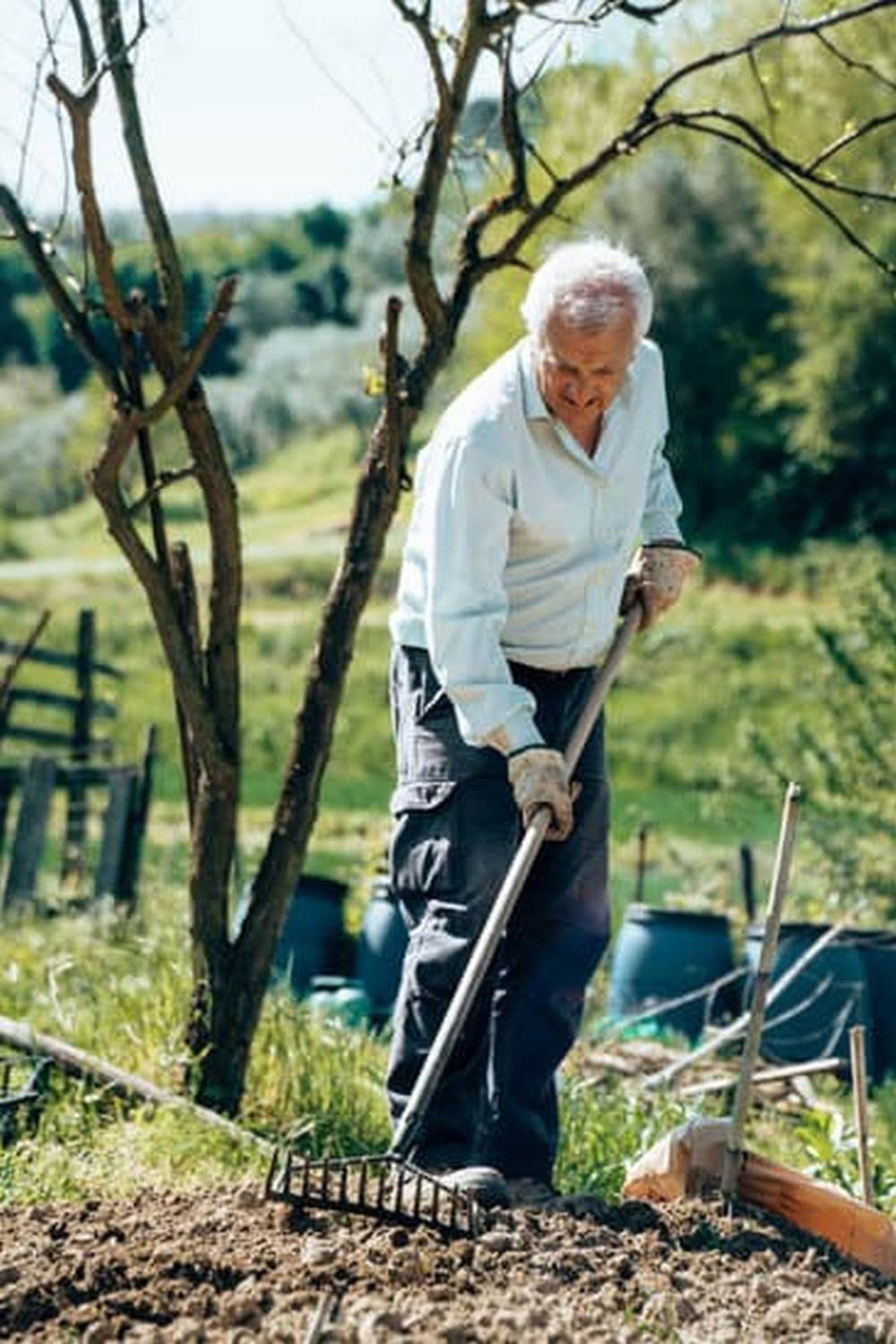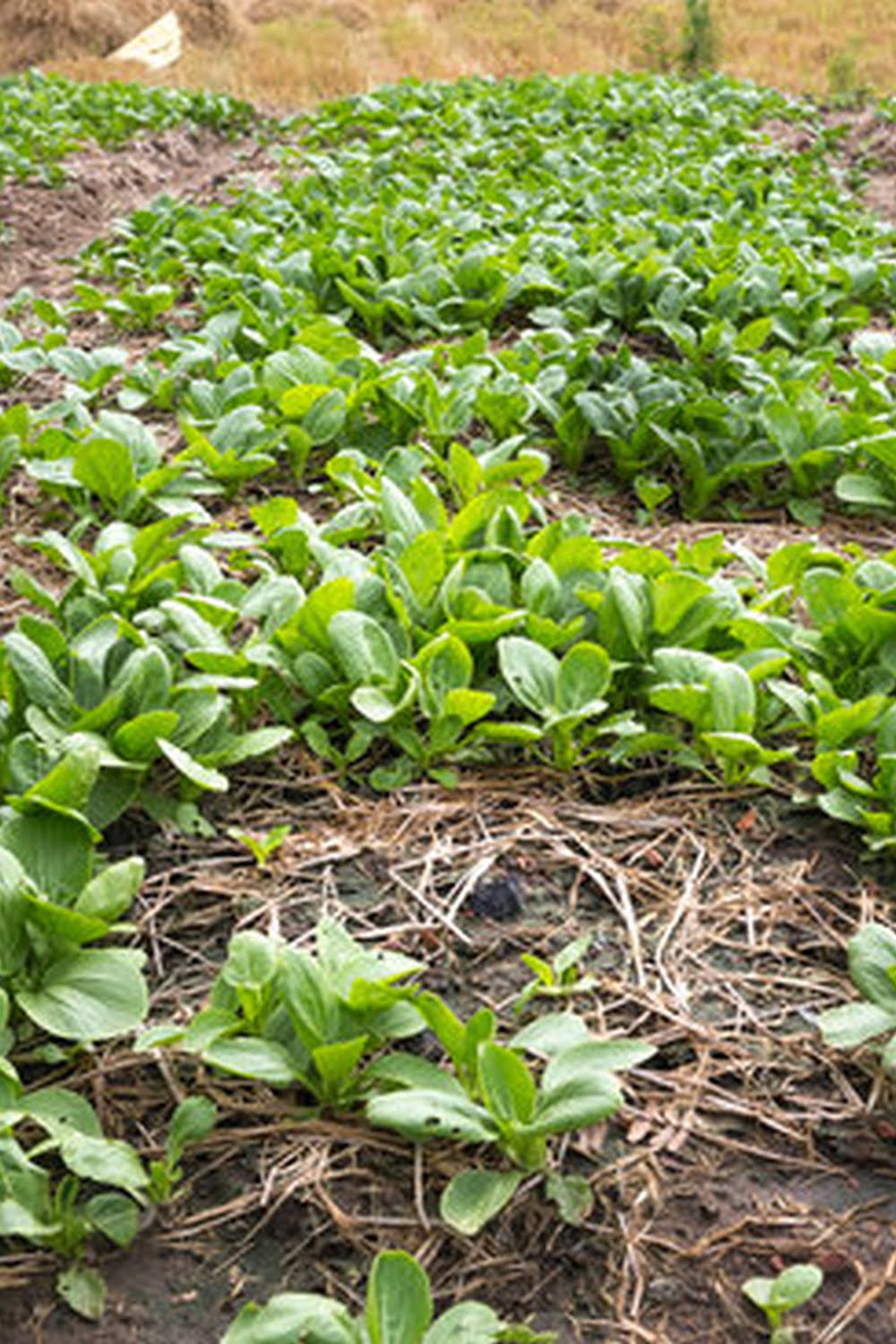What Soil To Use For Raised Vegetable Garden
When it comes to gardening, there are many things to consider: the climate, the type of plants you want to grow, and, of course, the type of soil you’ll be using. Different soils have different properties, which can affect the growth and yield of your plants. In this article, we’ll take a look at the best soil to use for a raised vegetable garden.
One of the best types of soil to use for a raised vegetable garden is loam. Loam is a mix of sand, silt, and clay, and it has a good balance of nutrients and water retention. It’s also easy to work with, which makes it a good choice for novice gardeners. Another option is compost. Compost is made up of organic materials, such as leaves, grass clippings, and food scraps, and it’s high in nutrients. It’s a good choice for gardeners who want to grow organic vegetables.
If you’re not sure what type of soil to use for your raised vegetable garden, it’s a good idea to ask your local garden center for advice. They’ll be able to tell you what type of soil is best for your climate and the types of plants you want to grow.
Prepare Soil For Garden Vegetables
The best way to prepare soil for garden vegetables is to till the soil and add compost. Till the soil to a depth of at least six inches. Add compost to the soil and mix it in well. This will improve the texture of the soil and help to provide nutrients for the vegetables.
If the soil is clayey, add some sand to the soil to improve the drainage. If the soil is sandy, add some organic matter to the soil to improve the texture. Vegetables need well-drained soil that is rich in organic matter.
If the soil is too acidic, add some lime to the soil to make it more alkaline. If the soil is too alkaline, add some acid to the soil to make it more acidic. Vegetables prefer a soil pH of 6.5 to 7.0.
If the soil is low in nutrients, add some organic fertilizer to the soil. Vegetables need nitrogen, phosphorus, and potassium to grow well. Organic fertilizers such as compost, manure, or compost tea are a good source of nutrients for vegetables.
Once the soil is prepared, it is time to plant the vegetables. Be sure to read the instructions that come with the vegetable plants, so you know how deep to plant them and how far apart to plant them.
What To Mix With Clay Soil For Vegetable Garden
When it comes to gardening, clay soil can be a bit of a challenge. It can be hard to work with, and it doesn’t drain well. However, if you’re willing to put in a little extra effort, you can make your clay soil work for you.
One of the best ways to improve clay soil is to mix it with some organic material. You can either use compost or peat moss. This will help to loosen the soil and make it easier to work with. It will also help to improve the drainage.
If you’re having trouble getting your plants to grow in clay soil, you can try adding some sand to the mix. This will help to improve the drainage and make it easier for the plants to get the nutrients they need.
If you’re looking for a way to improve the color and texture of your clay soil, you can try adding some mulch. This will help to add some nutrients to the soil, and it will also help to improve the drainage.
Clay soil can be a bit of a challenge, but with a little effort, you can make it work for you. By mixing it with some organic material, adding sand, or adding mulch, you can improve the drainage and the quality of your soil.
Preparing Soil For Vegetable Garden India
Soil is the most important component of any garden, vegetable or otherwise. The health and productivity of a garden is directly related to the quality of the soil in which it is planted. Good soil preparation is essential to the success of any garden, and vegetable gardens are no exception.
The first step in preparing soil for a vegetable garden is to test the soil pH. The pH of soil is a measure of its acidity or alkalinity. Most vegetables prefer a pH of 6.5 to 7.5, but some, such as tomatoes, prefer a more acidic soil. The pH of your soil can be tested with a soil test kit, available at most garden centers. If the pH of your soil is not within the desired range, you can adjust it by adding lime or sulfur to the soil.
The next step in preparing soil for a vegetable garden is to add organic matter to the soil. Organic matter helps to improve the structure and fertility of the soil. It also helps to retain moisture and nutrients in the soil. You can add organic matter to the soil by adding compost, manure, or peat moss.
The final step in preparing soil for a vegetable garden is to till the soil. Tillage helps to break up large clumps of soil and to mix in organic matter and other amendments. It also helps to aerate the soil and to destroy weed seeds. You can till the soil with a garden tiller, a shovel, or a hoe.
Once the soil is prepared, it is ready for planting. Be sure to follow the specific planting instructions for each vegetable you plant. With a little bit of effort, you can create a healthy and productive vegetable garden, right in your own backyard.
What Soil Do I Buy For Vegetable Garden
?
Soil is the foundation of a healthy vegetable garden. The type of soil you choose will determine the success of your garden. Sandy soils drain too quickly and don’t hold nutrients well. Clay soils are hard to work and don’t drain well. Loam soils are the perfect mix of sand, silt, and clay and are ideal for gardening.
When choosing soil for your vegetable garden, it’s important to consider your climate and the types of vegetables you want to grow. In warm climates, you’ll want a soil that is light and sandy. In cooler climates, you’ll want a soil that is heavier and has more clay.
No matter what type of soil you choose, it’s important to add organic matter to it. Organic matter helps to improve the soil’s structure, drainage, and nutrient retention. You can add organic matter to your soil by composting, mulching, or adding organic fertilizers.
If you don’t have a soil test done, it’s a good idea to start with a soil mix that is designed for vegetables. These mixes are available at garden centers and online. They contain a mix of sand, silt, clay, and organic matter, and they are specifically designed for growing vegetables.

If you’re looking to get into vegetable gardening, or are just looking for some tips on how to make your current garden better, then you’ve come to the right place! My name is Ethel and I have been gardening for years. In this blog, I’m going to share with you some of my best tips on how to create a successful vegetable garden.





